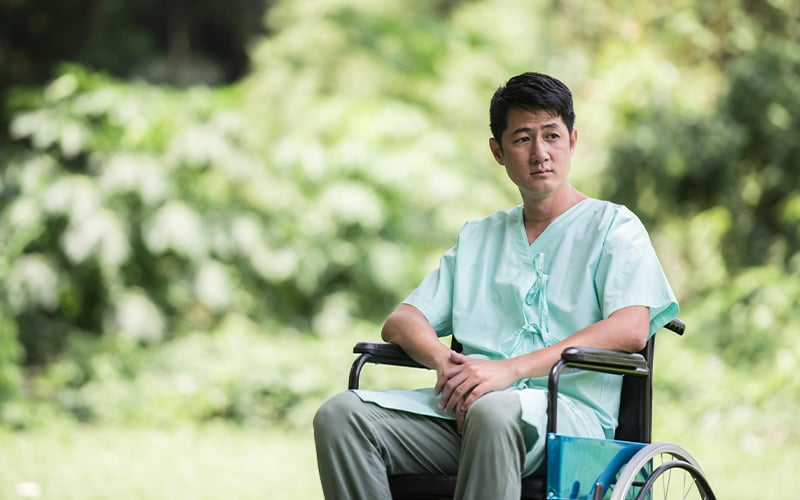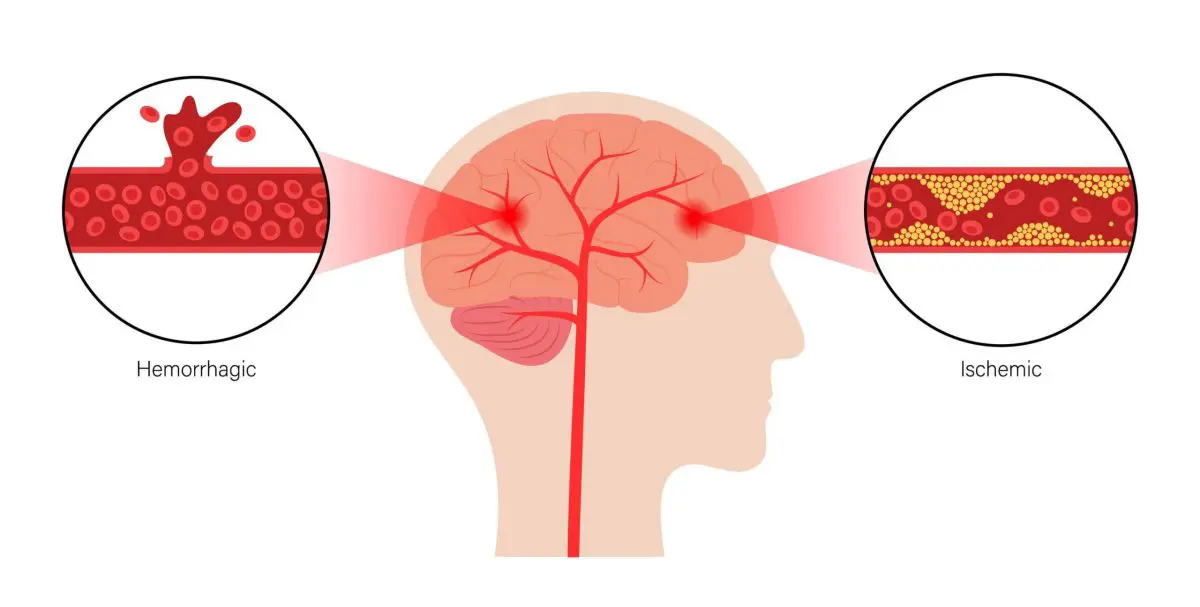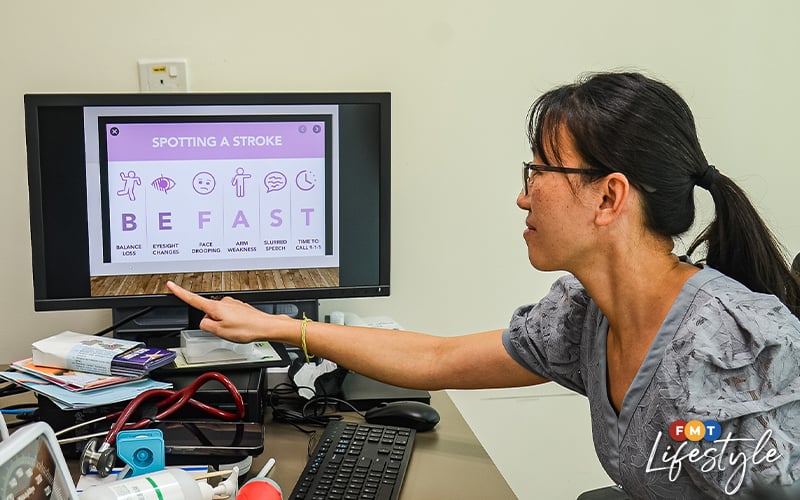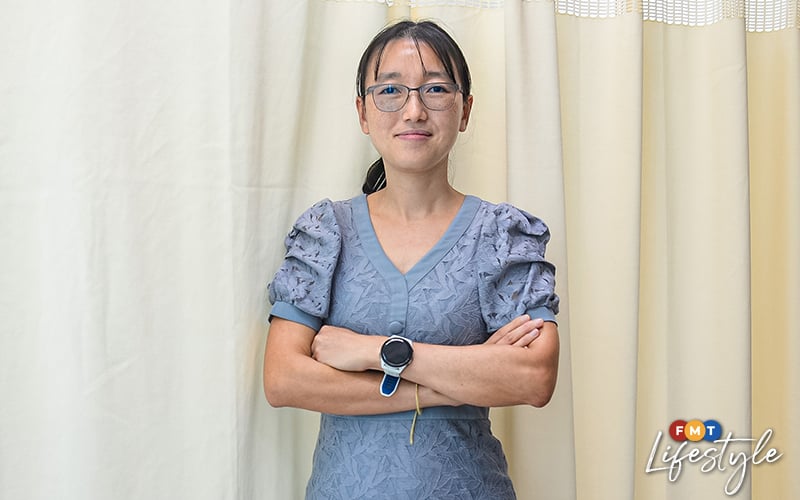
KUALA LUMPUR: To many people, strokes are associated with senior citizens – parents, grandparents and elderly relatives. But is it really an “old person’s disease”, as many believe?
According to Dr Tee Sow Kuan, a consultant neurologist and physician based in Kuala Lumpur, there is an increasing trend of young stroke patients globally. In other words, more and more people aged under 50 are getting strokes.
Tee said data from the United States reveals that the prevalence of young stroke patients is estimated at about 10-14% of all stroke cases.
There are two main types of strokes:
- ischemic stroke: caused by the blockage of an artery, and contributing to approximately 80% of all strokes; and
- haemorrhagic stroke: caused by a ruptured artery.
Risk factors
“Conventional risk factors”, regardless if one is young or old, “include high blood pressure, diabetes, high cholesterol, heart disease, and smoking”, Tee said.
There are additional risk factors for a younger person such as the dissection of the blood vessel, autoimmune diseases, brain infection, and women who suffer from migraines with aura, which refers to disturbances such as flashes of light, blind spots, and other vision changes.

Other risk factors, for women in particular, include the use of long-term contraceptive pills that contain oestrogen. Additionally, pregnant women or those within the six-week post-delivery period are at risk of suffering a less common type of stroke called cerebral venous sinus thrombosis, which is a blood clot in the veins.
Signs, symptoms and treatment
Signs and symptoms can be detected using the mnemonic “be fast”.
“’B’ for balance loss; ‘E’ for eyesight changes; ‘F’ for facial drooping; ‘A’ for arm weakness or numbness; ‘S’ for slurred speech or the inability to speak; ‘T’ for time to come to the emergency ward as soon as possible,” Tee noted.
If you experience even one symptom, seek medical treatment fast, she advised, preferably during the “golden hour of treatment” – typically 4.5 to six hours from the first detection of symptoms.
“Why do we say ‘golden hour’? Because we can do something to change the patient’s fate,” she pointed out.
These include thrombolytic treatment, an injectable medication that can open the blockage of the blood vessel, and mechanical thrombectomy, which refers to the removal of a blood clot from the brain.

Other treatment options are oral medications like blood thinners, cholesterol-lowering medications, and intravenous drips to keep the patient hydrated.
The stroke sufferer is also monitored to ensure their blood pressure and sugar levels are at optimum levels. This will help prevent complications such as orthostatic pneumonia caused by prolonged bedrest, bed sores, and blood clots in the leg.
If treated early, some of the brain tissue can be saved. “If you already exceed the golden hour, all that we can do is damage control,” Tee said.
Nevertheless, she added: “No matter what the timing is, even if it has exceeded the golden hour, just seek treatment as soon as possible once you recognise that it could potentially be a stroke.”
Tee also described the first three months after the stroke as the “golden period of recovery”. During this time, patients usually recover quickly, making this ideal for stroke rehabilitation such as speech therapy, occupational therapy and physiotherapy.
Thankfully, younger patients generally recover faster than older ones.




No comments:
Post a Comment
Note: Only a member of this blog may post a comment.